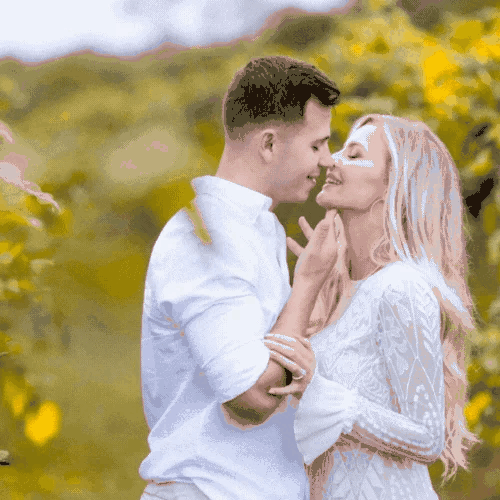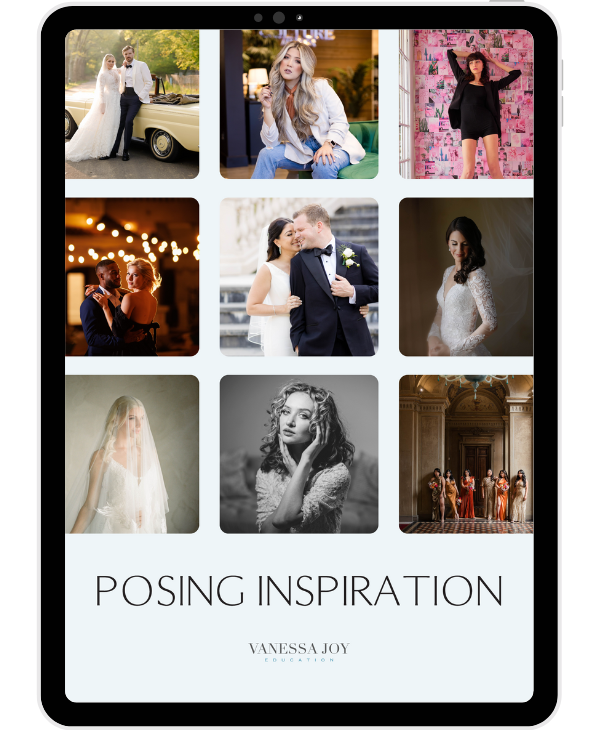Mixing Natural Light with Flash Photography | Canon + Profoto

I want to chat about one of my absolute favorite lighting techniques: mixing ambient light with flash. If you're not already using this in your photography, trust me, you're missing out on a whole new world of creative possibilities. It’s that perfect blend of natural light with the control of flash that can really elevate your images, giving you beautiful results no matter the shooting conditions. Let’s dive in!
Why Mix Ambient with Flash?
Think of ambient light as the mood-setter—it’s that beautiful natural light already present in your scene, like the golden hour glow or a warm indoor lamp. Flash, on the other hand, is your spotlight. It’s the controlled, directional light that makes sure your subject is perfectly lit.
When you blend the two, you can:
- Create natural-looking images with perfect exposure—you get that flattering light on your subject without losing the beauty of the background.
- Control tricky lighting situations like backlit environments or harsh sunlight, without overexposing your subject.
- Add depth and dimension to your photos, especially in low light where ambient light alone might leave your subject looking flat or too dark.


The key is balancing the two sources so you don’t end up with harsh contrasts or unnatural-looking light.
The Basics: How to Control Ambient Light vs. Flash
Balancing ambient light with flash is all about understanding how to control each light source. Here’s a simple breakdown:
- Ambient Light: You control this with your camera settings—specifically, your shutter speed, aperture, and ISO. Slower shutter speeds, wider apertures, and higher ISOs will let in more ambient light.
- Flash Power: This is what you adjust on your flash or strobe. Flash only affects your subject, so it gives you control over how much light is hitting them, while ambient light fills in the rest of the scene.

How I Mix Ambient Light with Flash
Here’s how I go about mixing the two:
-
Start with the Ambient Light
First, I’ll set my exposure for the ambient light in the scene. Whether I want the background to be bright and airy or darker and moodier depends on the vibe I’m going for. I want to make sure I’m happy with how the ambient light looks before adding flash. -
Add Flash to Light the Subject
Once I’m happy with the ambient, I bring in my flash to highlight the subject. I typically start with lower flash power and adjust up if needed. Keep in mind: flash is just for your subject, while the ambient sets the tone for everything else. -
Use Flash to Shape the Light
One of the biggest perks of flash is control—so don’t be afraid to shape the light! Use modifiers like softboxes or reflectors to soften the flash or create a more directional light, depending on what you need. This keeps your lighting flattering without overpowering the ambient light. -
Control the Background with Shutter Speed
Shutter speed plays a huge role in how much ambient light you capture. Slower speeds let in more ambient light, which is great for keeping that background nicely exposed. Faster shutter speeds darken the ambient and isolate your subject even more. I love playing with this balance until I get the perfect mix.
My Favorite Techniques for Gorgeous Results
Here are a few go-to techniques when I’m mixing ambient with flash:
-
Dragging the Shutter
This one’s great for low-light situations like indoor receptions or golden hour. I’ll slow down the shutter speed to let more ambient light in, then add just enough flash to properly expose my subject. The result? Gorgeous, soft backgrounds with a beautifully lit subject. -
High-Speed Sync (HSS)
HSS is a lifesaver when shooting outdoors in bright conditions. It allows you to use a faster shutter speed than your camera’s sync speed, meaning you can darken the ambient light (like the sun!) while still getting your subject perfectly lit with flash. -
Overpowering the Sun
When I’m shooting in super bright conditions, sometimes I need my flash to be more powerful than the sun. That’s where off-camera flash at a higher power comes in. This technique is especially useful for dramatic portraits where I want my subject to pop against the bright background. -
Balancing Color Temperatures
This one’s a must when mixing lighting sources. Natural light and flash don’t always match up in terms of color temperature—ambient light can be warmer or cooler depending on the situation. You can use gels on your flash or adjust your camera’s white balance to make sure everything looks cohesive.
Practice Makes Perfect
As with everything in photography, practice is key. Start experimenting in different environments—whether it’s indoors with dim lighting or outdoors at sunset. The more you practice, the better you’ll understand how to balance ambient with flash to get those gorgeous, dynamic results.
Final Thoughts
Mixing ambient light with flash is honestly one of the best ways to create images that stand out. It allows you to control and shape light in ways that make your subject pop without losing the beauty of the natural scene around them. So get out there and give it a try—you’ll be amazed at what you can create when you master this technique!





















